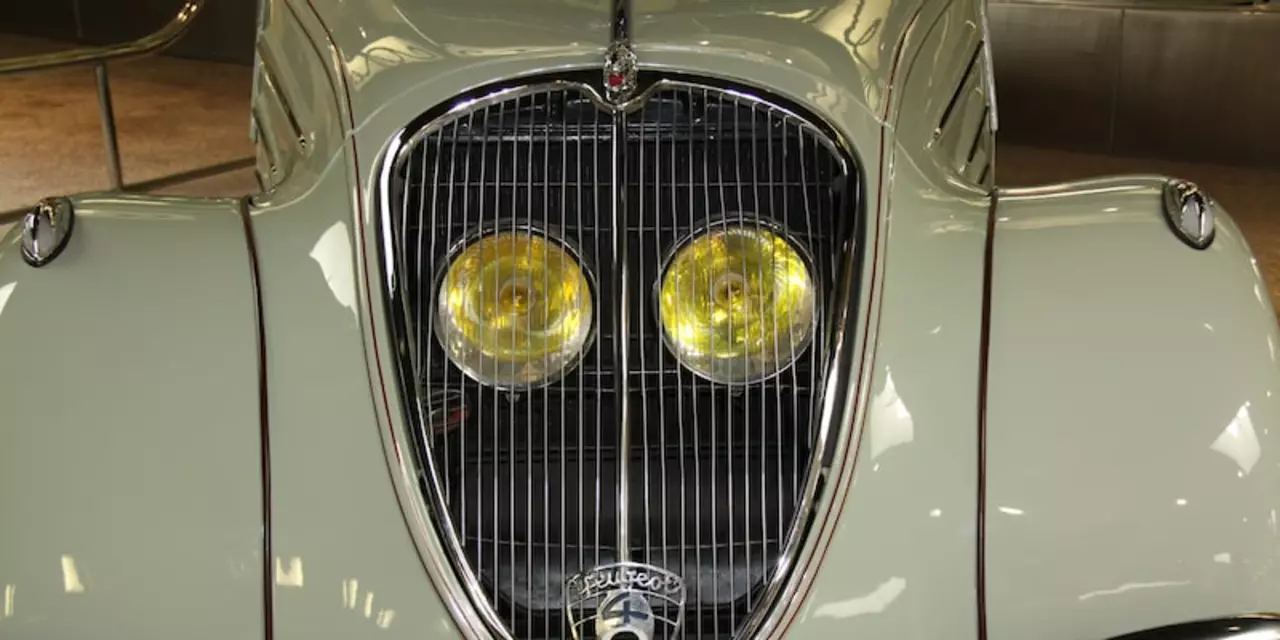Car Symptoms: How to Spot & Fix Common Issues on German Sports Cars
If you love driving a Porsche, BMW, or Audi, you probably notice the slightest hiccup before it becomes a pricey repair. Knowing what a symptom means can save you time, money, and a lot of frustration. Below we break down the most frequent warning signs you’ll hear on a German sports car and give you simple steps to figure out what’s wrong.
Common Engine & Cooling Symptoms
Overheating is the classic alarm bell. When the temperature gauge climbs into the red zone, the engine is screaming for help. A bad radiator is the usual culprit – it can leak coolant, develop a blockage, or lose pressure. If you see steam under the hood or notice the coolant level dropping fast, check the radiator hoses for cracks and the radiator core for rust. Another red flag is a radiator that stays cold even after a long drive. That often points to a stuck thermostat, an air lock, or low coolant. Pop the radiator cap (when the engine is cool) and feel the hoses; they should be warm. If they’re cold, you likely have a flow issue.
A ticking or knocking noise from the engine can mean anything from low oil pressure to a worn timing chain. Listen carefully: a rhythmic knock that speeds up with engine RPM often signals bearing wear, while a irregular tick might be a valve issue. In both cases, stop driving and get a professional to inspect the engine before damage spreads.
Quick Checks Before You Order Parts
Before you click ‘add to cart’ for a new radiator or thermostat, run a few easy tests. First, look for visible damage: cracked hoses, loose clamps, or corroded connections. Second, check the coolant color – bright green or orange is normal; rusty brown means contamination and an impending failure. Third, feel the under‑car exhaust. A sudden loss of power combined with a black, oily smoke suggests a fuel‑air mixture problem, which could be a clogged filter or a failing fuel pump.
If your car feels sluggish after a hot start, that could be a heat‑soaked engine. German sports cars rely on precise cooling; a sluggish feel often means the coolant isn’t circulating properly. Warm up the car, then gently rev the engine; if the power returns when the temperature drops, you’re dealing with a cooling bottleneck.
When you’ve identified a symptom, match it to the right part. For overheating, a high‑quality radiator designed for your model is essential – OEM‑grade aluminum cores handle the extra heat of performance engines. For a cold radiator, a thermostat rated for the correct temperature range (usually 190‑200°F for most German sports cars) will restore flow. And always verify part numbers against your VIN to avoid mismatches.
Finally, keep a maintenance log. Jot down when a symptom first appeared, the mileage, and any conditions (rain, track day, cold start). Over time you’ll spot patterns – maybe your car only overheats after hard track runs, hinting at a heat‑exhaust issue rather than a simple leak.
Bottom line: the moment you hear a strange sound, see a warning light, or feel a change in performance, treat it as a symptom, not a mystery. A quick visual inspection, a few basic checks, and the right replacement part will keep your German sports car roaring down the road instead of sitting in the shop.
